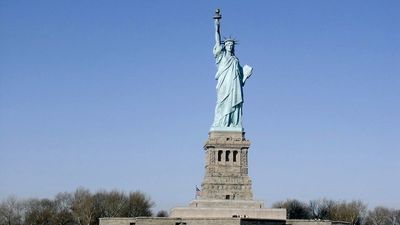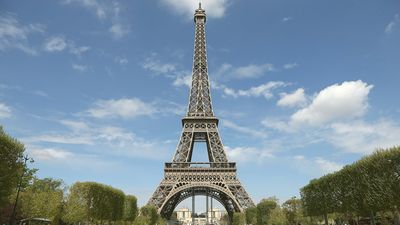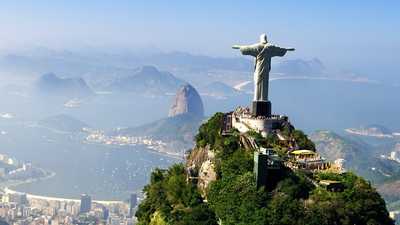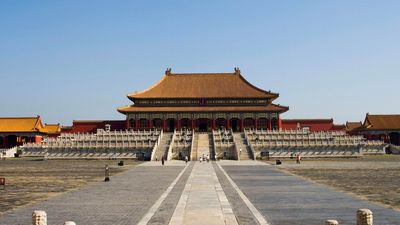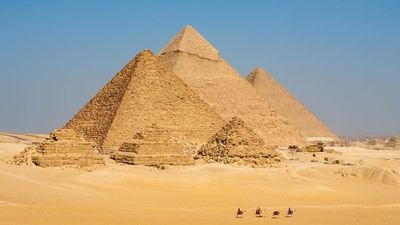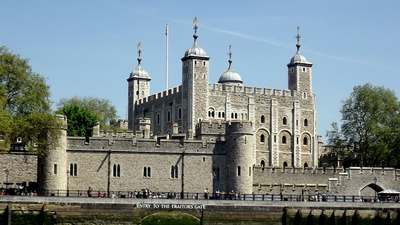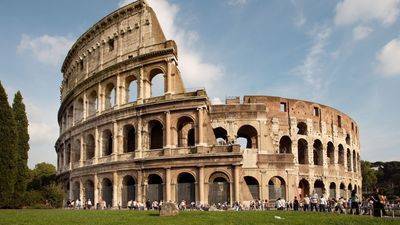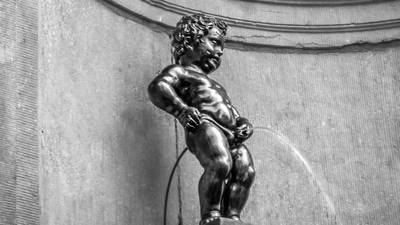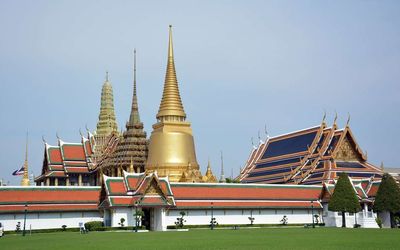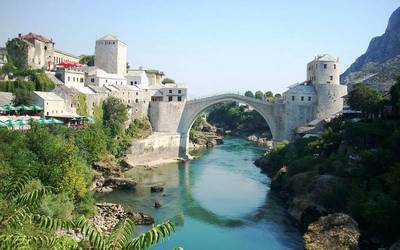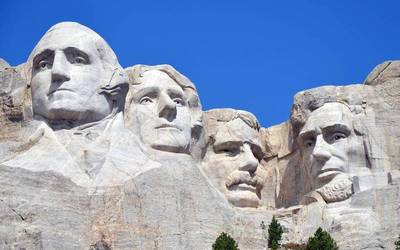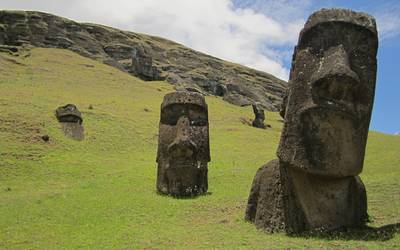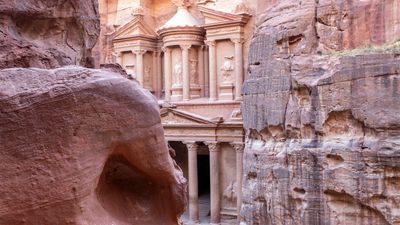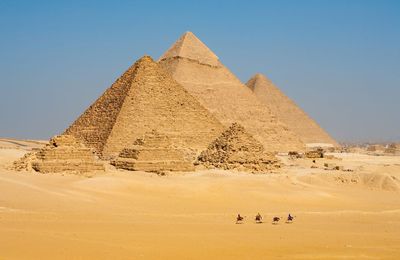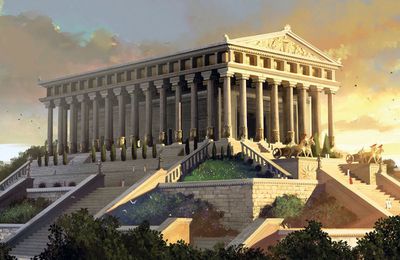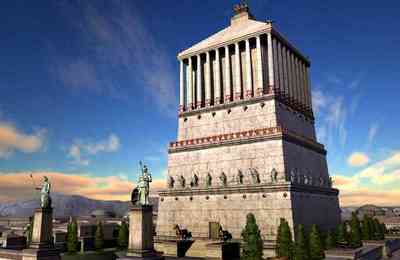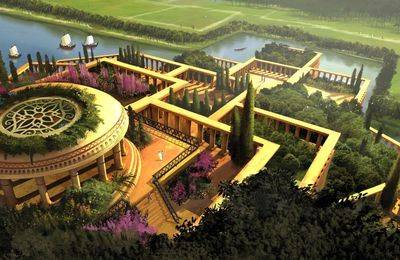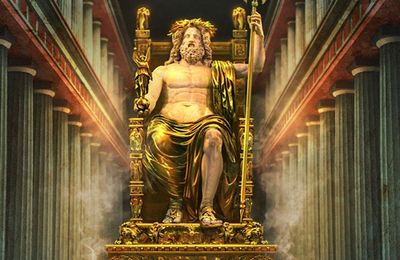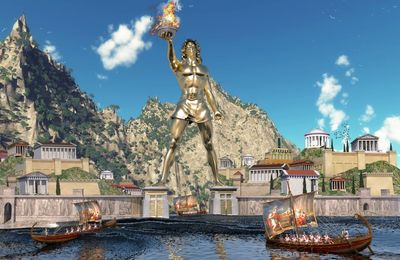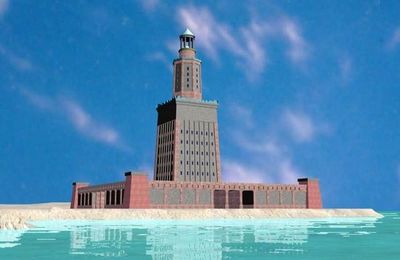The world heritage is of exceptional richness, whatever the civilization to which the visitor turns, he will always find on his way a gigantic statue, a temple adorned with a thousand splendours or a construction defying the laws of nature. Rather than proposing a large number of these masterpieces, you have below a short list, each of which is perfectly described, explained and studied.
The 7 wonders of the antic world
Unable to treat the wonders of world heritage without evoking the seven wonders of the ancient world. The following is a long list of details about the context of their constructions, their roles, events in their lives, personalities related to these monuments, and even information on archaeological excavations are the object!
You also have a list of the 7 wonders of the modern world. This is a list recently drawn up by a private organization. It therefore has nothing to do with UNESCO. Moreover, the processes used to choose which monuments were to belong to it were decried. Despite all this list has been promulgated, and it is impossible to challenge it now. This is not serious in that it has no heritage value since it has not been established by a public international body, above all suspicions.
List of the 7 wonders of the modern world
The highest statues in the world
Have you ever wondered what height makes the tallest statue in the world? 30m? 40m? 60m? No, you're still not there! It is much higher, much higher! And again, we never count the base. You have the answer on the two links below, one for statues over 30m, and the other for the highest statues per country.
Good discovery !
Some notions around the monuments of the world ...
Is there a connection between the popularity of a country and its iconic monuments? The question seems absurd, at first glance, but yet, one can legitimately ask the question of the link between the history of a people and the fact that it has built, over the years, monuments that can sometimes be known in the whole world. It is one of the themes of the list of monuments of the world, which addresses the delicate question of the definition of a monument, and gives some reflections on the popularity of a monument to any community. But this study is a little more exhauxtive, with notions about the dimensions of the monuments and their popularity and the locations of the main monuments in each country, with a historical or cultural approach to the particular situation of the emblematic monuments.
Let's take a trip around the world ...
The list begins with a human adventure, the one experienced by Auguste Bartholdi when he decided to erect a gigantic statue in honor of the Franco-American friendship. He was far from imagining the difficulties he encountered, beginning with the reluctance of the Americans who did not really see the interest of such a statue on their territory. It must be admitted that the reasons for this gift went beyond a mere offering, it was above all a way of criticizing the repressive policy applied in France ... It is the origin of the Statue of Liberty.
Still at the end of the nineteenth century the French engineer who had built the internal structure of the statue of Liberty was noticed by successfully building a metal tower more than 1000 feet high, ie 300m. His name was Gustave Eiffel and his tower, the famous Eiffel Tower, is still the emblem of Paris despite the fact that it should have been demolished in 1909. It was the army and its teletransmission essays that saved it. Since it still dominates the city of its tall size.
Change of time and place: We land in India, in the city of Agra, in the seventeenth century. The Italian artisans, and especially Florence, are invited to work on the mausoleum of the Moghul Empress Mumtaz Mahal, who died giving birth to her 14th child. Arrived on the spot, they discover a gigantic 35-year-old project designed to raise the most beautiful jewel of Indo-Muslim art, a splendor known today as the Taj Mahal. Nowadays there remains a marvel, despite the outrages of time.
Moving even farther in time we arrive in China from the beginning of the fifteenth century. It was there and at that moment that Emperor Yongle decided to move his capital to Peking, the old one, Nanking, being judged both too weakly defensible and populated with opponents of his person. Arrived on the spot he launched the construction of a new imperial palace, a real city, which will be built in only 14 years. It has come down to us almost in the same state as its beginnings, but we know it today as 'Forbidden City'
Let us now return to Europe, and more precisely to London. The British capital was built around a fortress that had locked the city for almost a thousand years: the Tower of London. Built by William the Conqueror at the end of the eleventh century, it was the object of two important modifications in the thirteenth and fifteenth centuries but was not further modified thereafter. Result: a medieval fortress that reached us in impeccable condition in a very old style. This testimony of a tumultuous past goes hand in hand with the sulphurous reputation of the tower, invariably described as a place of imprisonment and torture ... what it was, partially. The Tower of London is a beautiful heritage of the past, and a reason alone to visit the British capital.
Still in Europe, but in a Latin country, Italy, we meet the largest amphitheater of the Roman Empire: the Colosseum. This magnificent building, which has unfortunately been largely degraded during the course of history, has been the site of many antique shows and has undergone many renovations, a succession of events that gradually brought it back to its present state. it is nowadays. Many believe that this arena was mainly used for gladiatorial combat and killing. While it is true that such shows were popular, it was far from being the only ones, the Romans moving there in numbers to see other types of shows, such as hunting wild animals for example, or reconstructions of naval battles.
Many other elements of heritage will complement this list, but the spirit of this website is that it is only to describe an element of heritage when the author is sure of having enough information and time to treat it in depth. The work is progressing slowly, but the information is always very complete.
Happy reading to all!




